How the New York City Ballet's Longtime Director of Costumes Brings Fashion to the Performing Arts
- Oops!Something went wrong.Please try again later.
In honor of the New York City Ballet's 75th anniversary, Rizzoli worked with Marc Happel, the dance company's director of costumes for the past 17 years, on a new book, "New York City Ballet: Choreography & Couture".
The idea actually came to Happel about five years ago. With the help of cultural megastars (like Sarah Jessica Parker, who serves on the NYCB board) teetering between the dance and fashion worlds, he has successfully merged the tremendous talents within fashion with the performing arts. And having established relationships with the most coveted designers and built the dance company's costume department into the extraordinary force it is today, it only made sense for the story of how Happel made it happen to be told.
Below, he walks me through how he got started in theater, why costumes are absolutely vital to performance and what it took to make this book.
When you first began as a costumer, what drew you to the world of theater, as opposed to pursuing a career as, say, a brand designer?
I remember when I was working at the Guthrie Theater in Minneapolis, I was told by a friend that a new Bob Fosse musical called "Dancing" was opening on Broadway, and that the costume shop was very behind and desperate for help. We drove to New York in a station wagon and I moved here, not knowing what I was really going to be doing or whether I was going to stay.
I ended up working on "Dancing" with Bob Fosse, and at the same time, I was also moving to one of the fashion capitals of the world. So I was pulled between the two, because I felt like I wanted to work in the fashion industry, but I had an education in theater costume. Ultimately, theater costume made more sense for me, because the historical research that goes into each design felt exciting. In fashion, it feels like you're always looking forward, not so much appreciating the past.
How do the worlds of theater and fashion (arguably New York's two strongest communities) overlap from your perspective?
Many times with the oldest designers, like Dior, you can see their inspiration coming from ballet costumes. Certainly, the romantic tutu is something you often see hints of in fashion — especially in years gone by.
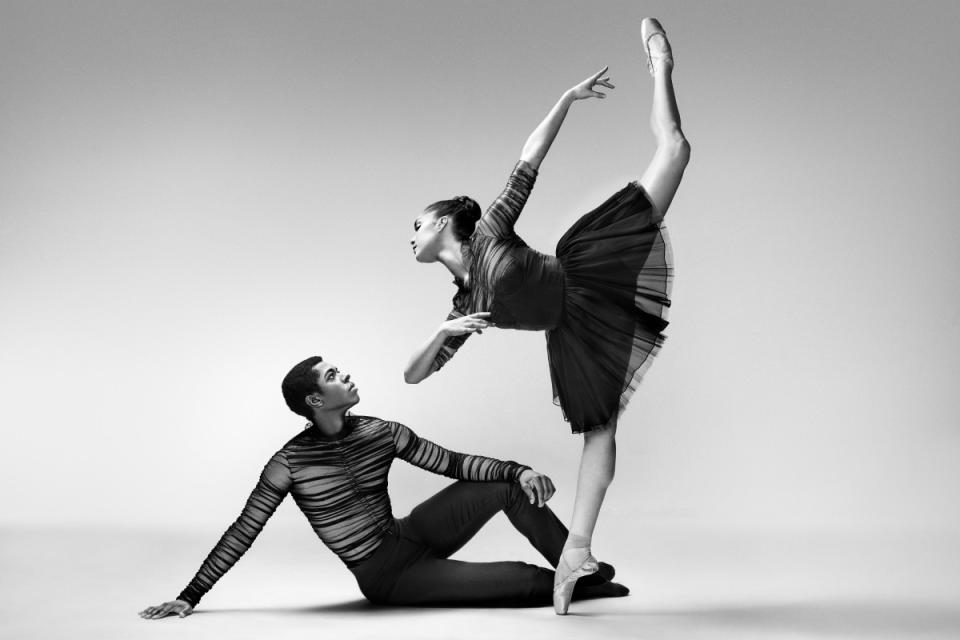
Photo: Pari Dukovic/Courtesy of Rizzoli
Just how integral are the costumes in a ballet to the storytelling that occurs on stage?
In theater, it's obvious because you're helping to create a character by how you dress them. I've been in fittings where an actor comes in and we put the costume on them for the first time, and they say to me, 'I see the character that I'm playing now.' There are a lot of people in ballet who feel costumes just get in the way. Many choreographers and dancers feel that a costume should be as simple as possible because they want to see the full line of the body.
But I also think that costumes can really inform an audience of the setting, who these dancers are, what period this ballet is in and more. When that curtain goes up and you have the costumes for Vienna waltzes, it immediately tells the audience where they are.
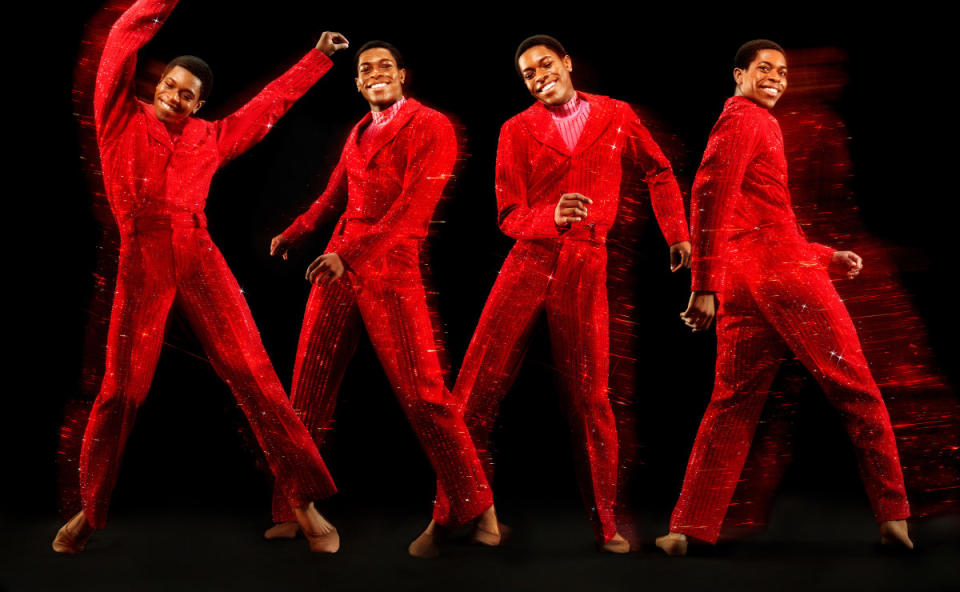
Photo: Pari Dukovic/Courtesy of Rizzoli
What are the beginning stages of curating and designing the costumes for a ballet?
Most of the time, a choreographer will bring a designer on themselves, but I work with them in transforming their two-dimensional drawing into a three-dimensional costume – choosing fabrics, doing fittings, guiding the designer if they've never worked in dance before. It's very different designing for a dancer: They're athletes, so you have to make it possible for them to dance in. It's a great process that I really enjoy.
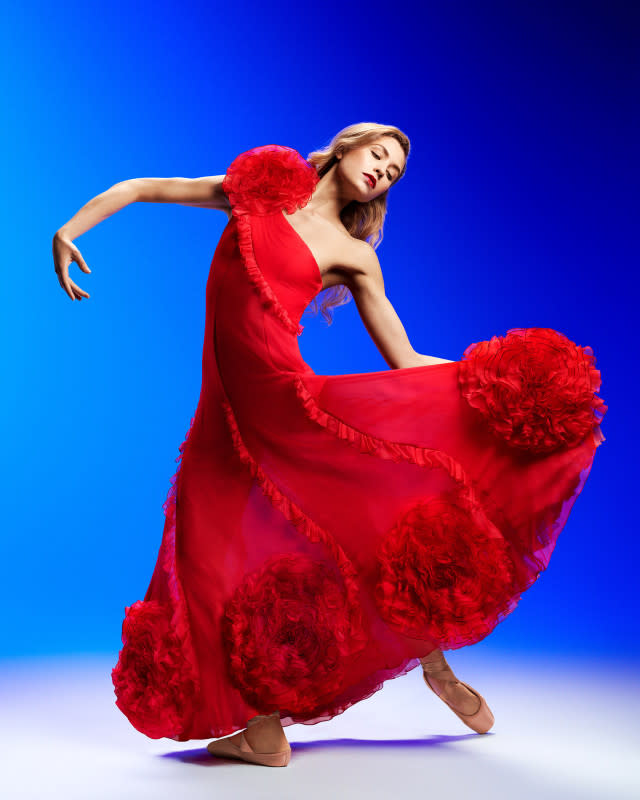
Photo: Pari Dukovic/Courtesy of Rizzoli
You've had the opportunity to collaborate with many renowned designers — what's it like working with those who have never made dance apparel before?
I take them to rehearsals a lot, which is very eye-opening for them because they get to see exactly what these dancers do and how athletic it is. After that, we discuss how things that are normally done in a non-stretch fabric can be made in a stretch fabric. For example, if they want to use silk or organza, there are lesser-known stretch versions of those fabrics that we use.
Are there any particularly challenging adjustments that non-dance designers have to adapt to?
Many choreographers are very specific about wanting to see the lines of the body. They want to see the full extension and every movement. which is something I have to help designers understand: Costumes have to be somewhat less.
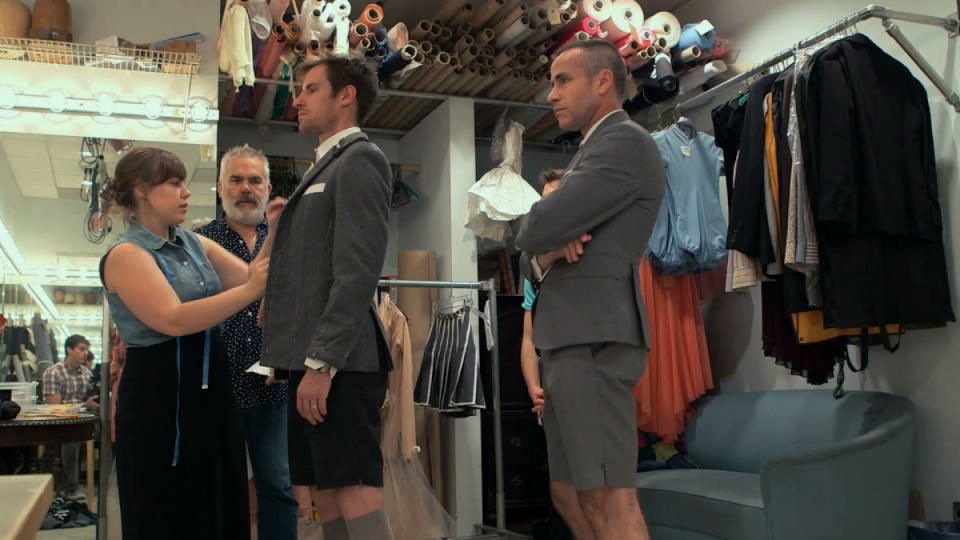
Photo: Matt Bockelman/Courtesy of New York City Ballet
Is there a collaboration with a designer you consider to be your favorite or most memorable?
There have been so many that were so enjoyable and rewarding, but Valentino [Garavani], who was our first couture collaborator, was thrilling. He's the definition of a fashion icon. He wanted to be involved constantly, which I didn't expect. I also really loved working with Thom Browne and Giles Deacon, whom I've become very friendly with.
Iris Van Herpen was another amazing collaborator. That was a funny one, because we did most of that by computer. She would send me so many diagrams and emails about how the costume should be done. She was so happy with the outcome, though, even though it was all over the computer.
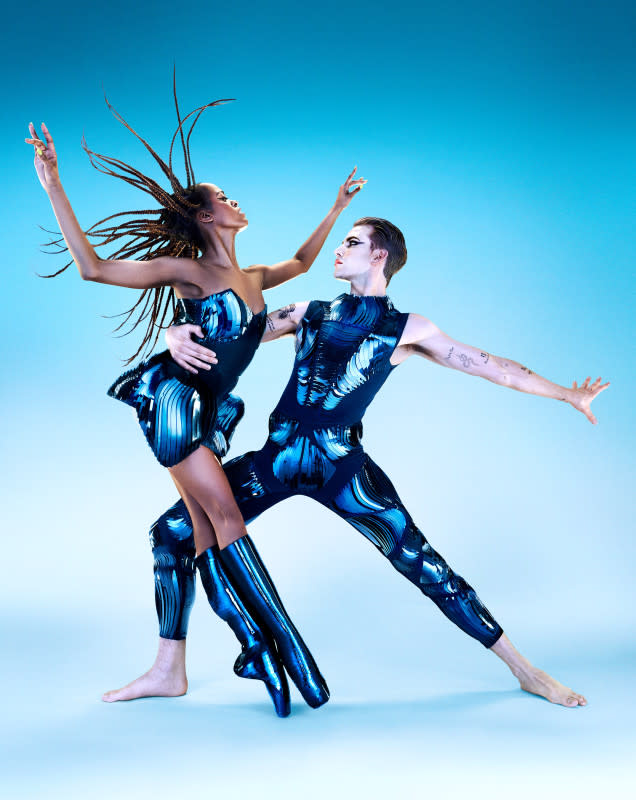
Photo: Pari Dukovic/Courtesy of Rizzoli
How did these relationships between choreographers and designers usually come about?
Over the years, it's really become a situation where I was asked to come up with a list of designers who I found interesting. Usually, each designer would be approved by Sarah Jessica Parker, and then we would present around eight or ten of them to the choreographer.
Parker has been on our board for a while and is a huge supporter of the New York City Ballet. When we first started bringing in designers to collaborate with the company, New York Fashion Week was taking place in Lincoln Center. We thought it would be an interesting collaboration between emerging designers and choreographers.
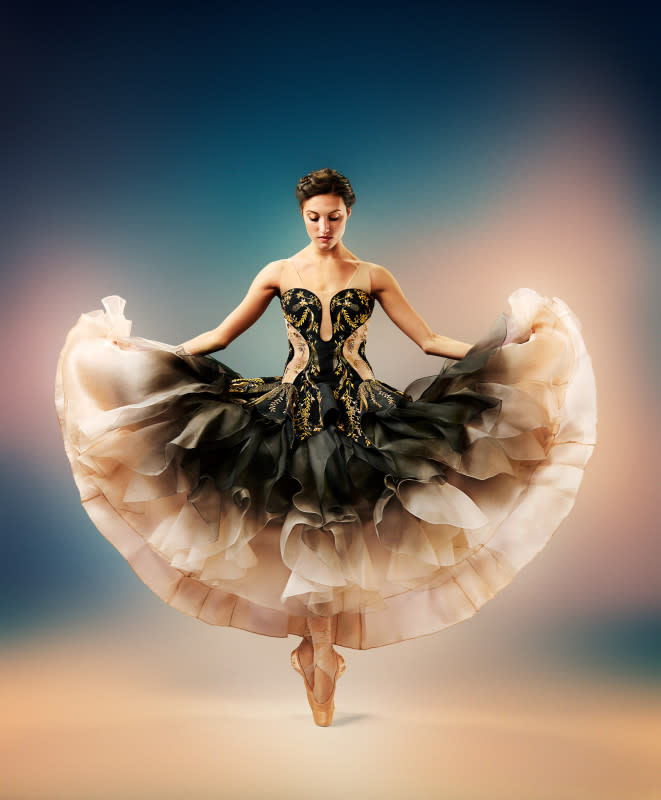
Photo: Pari Dukovic/Courtesy of Rizzoli
What was the image curation like for this book? What ideas did you for sure want to present?
I definitely wanted to combine the final photographs with each designer's sketches, so that the reader could see how these ideas came to life. I also included many quotes from designers, choreographers and dancers to help give some insight into what it's like to design for the NYC Ballet.
We spent a week shooting all of the images with Pari Dukovic. From there, I started working with Sarah Gifford, a brilliant book designer; I loved the way she put books together, and she was very patient with me, because I had a very clear idea of what I wanted this book to look like. She was open to everything. She laughed when I first met her because I said, 'I don't want any white pages. I want it to be like a jewelry box when you open it.'
Is there an overarching message you want readers to be left with?
I want people to see what costume within the NYC Ballet is. I think a lot of people don't really see or understand just how incredible the process is. This book celebrates the incredible diversity of designers, thoughts, silhouettes and more that come from the NYC Ballet costume shop. The artists that work here are the unsung heroes of the ballet.
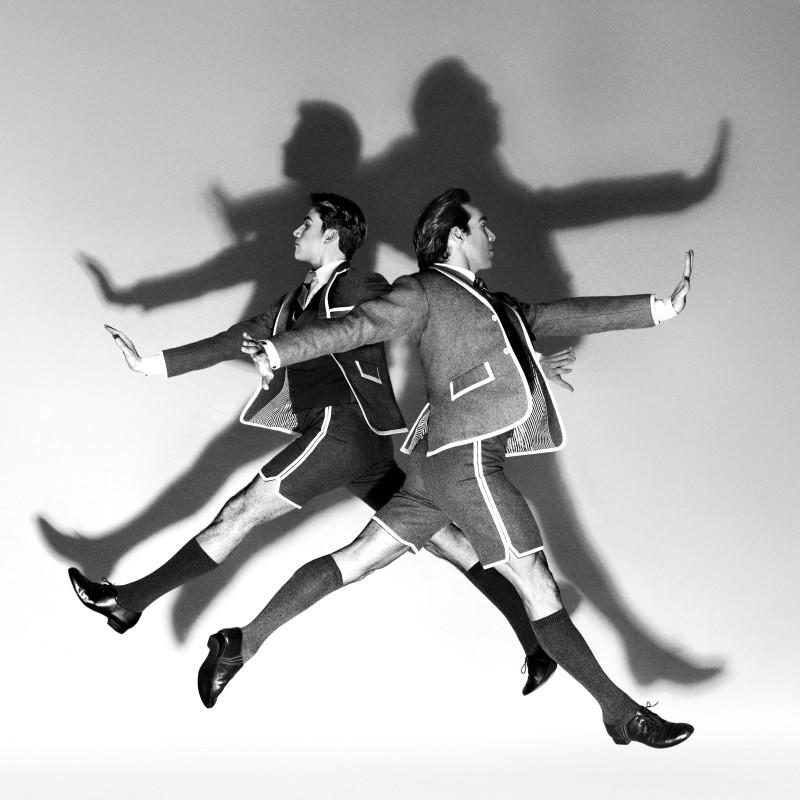
Photo: Pari Dukovic/Courtesy of Rizzoli
How would you advise a young costumer to get into the industry today?
Connect yourself with history in some way. Look at the past. I think now is all about looking to the future, but so much of that is based on what has already been beautifully designed in the past.
This interview has been edited and condensed for clarity.
Never miss the latest fashion industry news. Sign up for the Fashionista daily newsletter.

